The Lotus Emira is a significant car in the history of the British carmaker. First revealed back in July 2021, the Emira is the company’s last internal combustion engine model and serves as a last hurrah as more electric vehicles (EVs) populate its line-up.
In one fell swoop, the Emira effectively replaces the Elise, Exige and Evora, all of which are nameplates with fans worldwide. As such, the Emira has a lot to live up to; not only must it serve as a culmination of 25 years of Lotus sports cars, it must also appeal to the current audience while also drawing in new customers to put green in the books.
We’ve already had a go in the Emira and had plenty of good things to say about it. However, the example we drove at the time was a V6 First Edition variant, which is one of two on sale here, the other being the more recently-introduced i4 First Edition.
The latter costs less at RM1.095 million on-the-road without insurance (RM998,800 for units manufactured in 2023) compared to the V6 First Edition that goes for RM1.289 million. The smaller price tag reflects the Emira i4’s position as the entry-level variant, but is it any good? That’s what we attempted to find out in the United Kingdom.
What are the similarities and differences between the two Lotus Emira i4 and V6 variants?
Well, as the variant names suggest, the Emira i4 features a four-cylinder engine. It isn’t just any though, as it is the M139 2.0 litre turbocharged unit from Mercedes-AMG, which has been hailed as the world’s most powerful four-cylinder engine.
In the Emira, the M139 isn’t in its most potent form as it delivers 365 PS (360 hp or 269 kW) and 430 Nm of torque. Drive sent to the rear wheels via an eight-speed dual-clutch transmission, which is a first for a Lotus car.
Compared to the V6 variant, which has 406 PS (400 hp or 299 kW) and 420 Nm from its Toyota-sourced 2GR-FE 3.5 litre supercharged engine, the i4 is certainly down on power. However, the on-paper performance gap isn’t as wide as you think, as the i4 needs 4.5 seconds to get from 0-100 km/h (versus the V6’s 4.3 seconds), and the top speed is 283 km/h (versus 290 km/h).
Aside from the engine and gearbox, the i4 also gets a different rear subframe made from cast aluminium instead of steel as is the case with the V6. This variant-specific component contributes to a total weight saving of 12 kg and is necessary due to the different engine mountings for the M139, which also warrants a slight reworking of the double wishbones (also used at the front).
From the outside, you’ll be glad to know that the Emira i4 maintains the striking exterior design that we like a lot. A “junior supercar” is the best way to describe it, although unlike those that can cost a lot more, the Emira footprint isn’t a handful to deal with. We tried both left- and right-hand drive units of the Emira while in the UK and it wasn’t as nerve-wracking of an experience on tight roads as we thought – ditto parking lots.
The only immediate way to tell the two apart is by peering into the rear window, with the i4 sporting a large (and rather boring) plastic engine cover, while the V6 exposes some of its mechanical bits – watching the throttle cable flicking back and forth is always interesting.
Inside, the lack of a manual option for i4 means you get a storage cubby beneath the shift-by-wire gear selector just like in an auto-equipped V6, with everything else remaining exactly the same across the board.
You still get a 12.3-inch digital instrument cluster, a 10.25-inch touchscreen infotainment system, a six-speaker KEF sound system, automatic air-conditioning, 12-powered front seats, some nice trim, that novelty start button lid as well as good fit and finish, all of which are pretty fancy for a brand that previously known for its spartan sports cars. A new era indeed.
Why did they bother coming up the Emira i4?
Put simply, choices. Giving customers options allows the Emira to reach a wider audience, and there are certainly plenty to choose from. As a start, there’s the i4 and V6 to choose from, the latter available with a six-speed manual or automatic, while the former comes with a DCT that Lotus is providing in response to customer queries made in the past.
From there, you get to choose the type of chassis you want, with options being the Tour that comes with Goodyear Eagle F1 Supersport tyres, as well as the Sport setup with Michelin Pilot Sport Cup 2s – the tyre sets can be swapped between chassis setups if you put in a request.
We were told that when the Emira was being developed, it was always meant to have an i4 variant, and the V6 engine, which has been offered by the brand for years, was retained as it was still regarded as important in many of the company’s core markets.
The company says the order book for the Emira is full for the next two years, adding that over 2,200 units have been produced at the Chapman Production Centre as announced on August 10 this year. Just how tell this approach of casting a wide net has been reminds unknown because Lotus is not divulging the order split between the i4 and V6.
What’s it like to drive the Emira i4?
At lower speeds, the Emira i4 doesn’t ever truly feel “peaceful” as you’ll hear plenty of mechanical chatter from various components like the turbo, wastegate and valvetrain. This means you’re always in constant state of alert and giggling like a child at the prod of the throttle, which is good as that’s what a sports car should make you feel. However, if you’re hoping the Emira can lower it down a notch and turn into a GT for a little while, sorry.
More reminders of this “old school Lotus” come from the chassis, which in Sport form offers a stiff ride where a less than appealing primary ride is makes for a bouncy house on anything short of a smooth surface.
This does dull the confidence somewhat when tackling bumpy British B-roads, which is why I found the Tour chassis to be more appealing in this setting. The body roll is felt a little more with the Tour chassis, but the improved compliance over small bumps is more reassuring when it comes time to applying the throttle on corner exits.
As for the 8DCT, it is not inclined to move up to higher gears sooner, even if you’re in the daily-use Tour drive mode. Cruising along town roads while adhering to local speed limits, the transmission barely attempts to move up to fuel-saving gears. This is by design, as Lotus specifically calibrated the transmission to behave as such, which may be a little taxing when you’re trying to be discreet pulling out of a junction.
When you’re in the mood, the 8DCT is rapid when cycling through the gears, with near-imperceptible shifts as the speed builds. At this point, the noise inside the cabin becomes properly rowdy with interjections from the turbo spooling and whistling on upshifts/downshifts further adding to the excitement.
The M139, despite hints of turbo lag, certainly feels punchy, with peak torque kicking in from just 3,000 rpm leading up to 5,500 rpm as the revs continue to build to peak power delivery at 6,600 rpm – don’t miss the 7,200 rpm redline or the limiter will come in hard. It’s an engine that enjoys being revved out, and when put in Sport and Track modes, becomes even more of a noise machine. Does it left you wanting for the supercharged V6? Only if you absolutely need three pedals.
This brings us to a downside, and that is when attempting to manually change gears yourself, the 8DCT is sluggish to respond to inputs, with a noticeable delay on downshifts – this also applies when trying to engage reverse. Another thing to note is the paddle shifters lack tactility and a satisfying “click” when used.
The laggy gearbox in manual mode was an issue during the first few laps on Lotus’ Hethel test track, as I found myself pulling at the paddles a few times to get a downshift, even when I’m certain I’ve slowed down well enough – the AP Racing brakes are plenty grabby and with good feel.
A few laps later, I gave up and left the 8DCT in auto mode, which surprisingly made the experience better as it served up the right gear in most situations. Lotus isn’t going to invest to make a bespoke manual transmission for the M139, so this is as good as it’s going to be.
On the well-laid tarmac of the test track, the Emira i4 revealed itself to be a very approachable car with good balance and predictability. Through the corners, any trepidation of a mid-engine layout is progressive whittled away as the communicative steering gives a good sense of the car’s grip levels when pitching in. The Bosch-developed brake-based e-differential function was also surprisingly effective to keep you on your targeted line as the car pivots.
A limit exists, and when you reach it in the Emira i4, the variant-specific-calibrated ESC system is there to reign you in so it never feels like you’re totally out of control. It’s not as draining, and as the laps piled up, there was incentive and courage to explore the car in new ways. Trying out different lines and engaging Track mode were some of the things we tried out, the latter limiting the ESC so you let the tail slide out a little on the hairpins.
Away from public roads, the Track chassis makes a lot more sense as it provided a more planted feeling taking on the quick left- and right-handers. The Tour is capable too but it isn’t as focused, although it is still quite fun.
It sounds like a pretty serious sports car. Can I daily the Emira i4?
Absolutely. the Emira is meant to be an everyday, usable sports car – more liveable Lotus one might say – and during our time in the UK, it fulfilled that brief. The driving portion of our trip saw us traverse British B-roads for around two hours before we immediately headed onto the Hethel test track.
Mind you, there were no Lotus engineers piling over the cars to ensure they were ready for the abuse they were about to receive. All we got was a briefing telling us not to crash, to drive within our abilities and to keep a helmet on, before we attempted to chase down our instructor in an Emira V6. Close to ten laps later, the cars pulled in for a quick driver swap and we’re off again.
Following the on-track trashing, the cars were driven directly to our dinner spot just northwest of Norwich, and were parked in a parking lot effortlessly without needing to sweat over the vehicle’s width. Getting out was more eventful in our LHD tester, as inserting the parking ticket into the machine required climbing over the seats – the fellas in the hatchback next to us were properly amused. This has no relevance to us as we’re getting RHD units, but there is quite a bit of space to manoeuvre in this Lotus.
The following morning, we brought the car from the hotel to a nearly Morrisons to get some groceries, which the Emira i4 carried in its boot along with our camera bags. Thankfully, the cool weather and gentle driving meant the Fanta got only partially warm as we headed back to Hethel for the day’s tour of Classic Team Lotus. Apart from the bit at the track, it all sounds rather daily, doesn’t it?
The Emira i4 can work as a daily, but it never really feels calm when driven as it feels you’re being hounded to be a little more spirited in your driving. Some might like it and some don’t, but for a Lotus to be this practical to live with is quite an achievement, even if you have to be committed to deal with the rascal within itching to be let loose.
As a final farewell to the internal combustion engine, the Emira encapsulates 25 years of Lotus sports cars into a package that appeals to more liberal purists and first-timers looking to dip their feet into the brand. It isn’t as intimidating to drive as folklore of past Lotus cars suggests and the living space is a lot posher than any of the models it replaces, which non-diehards can appreciate. Get one while you can because it’s going to be all EVs when Emira production ends.
Looking to sell your car? Sell it with Carro.

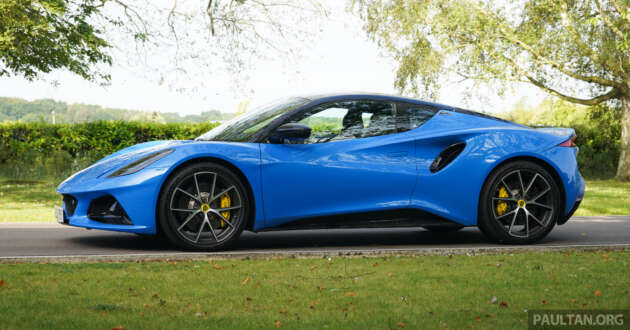
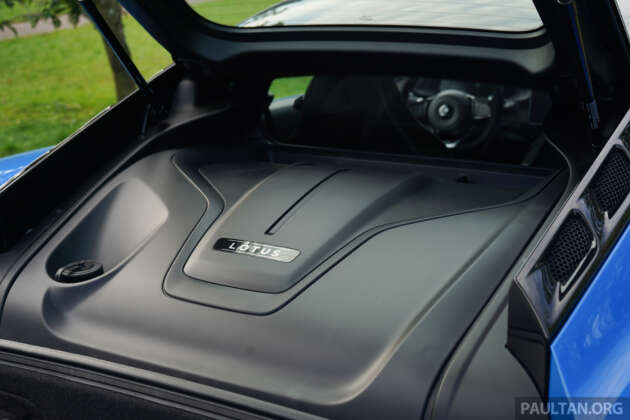
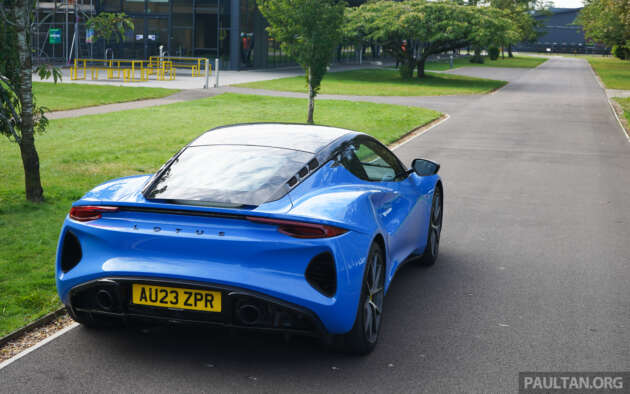





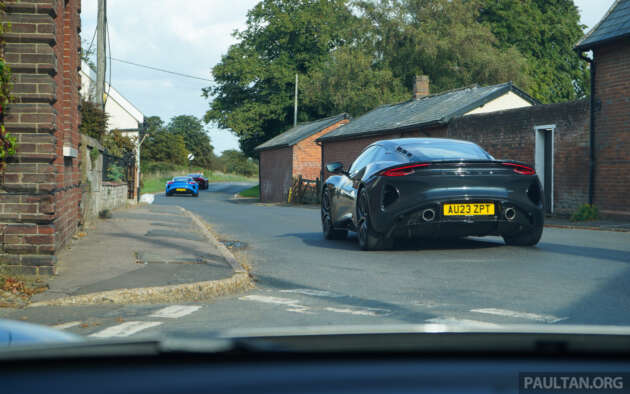


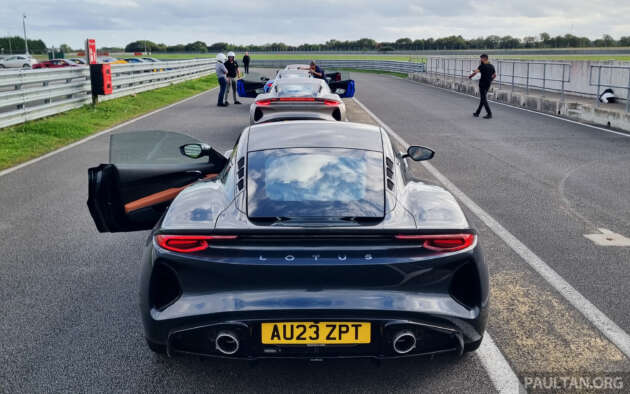
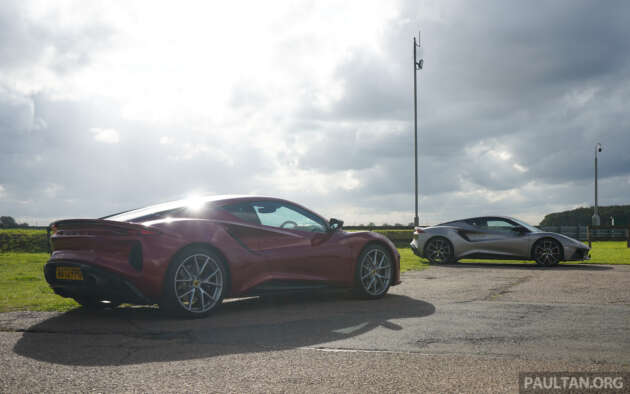



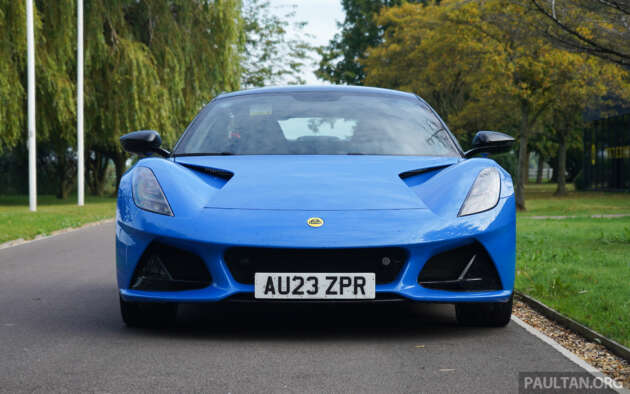












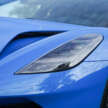


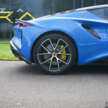

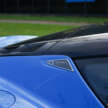
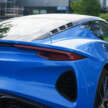

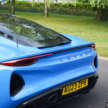
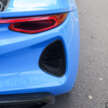

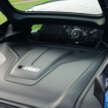
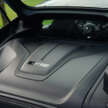
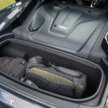
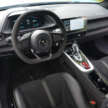



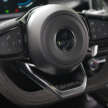
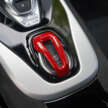
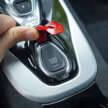
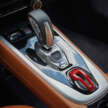
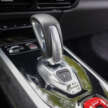
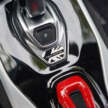
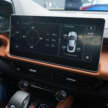
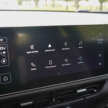
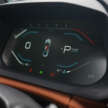


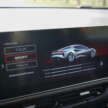
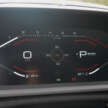


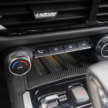

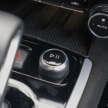



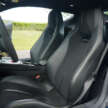
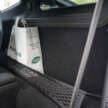

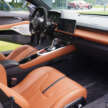

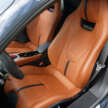
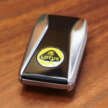
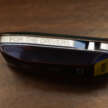
























I’ll take godzilla GTR anytime.
Is Lotus still relevant these days? LOL
So it’s neither a sports car (too slow, I mean 4.3secs is just Tesla Model 3 LR @RM218k numbers) and too noisy and uncomfortable to be a GT.
What is it good for, at RM1,100,000? All show and no go.
If the article is talking about race horse, why the heck you want to mention a golf buggy???
If you like to drive a vacuum cleaner powered car, go ahead. But to compare a proposed built sports car with an EV sedan? Have you seen someone enter a Tesla in a motorsport event? Do you understand how smart you’re looking now?